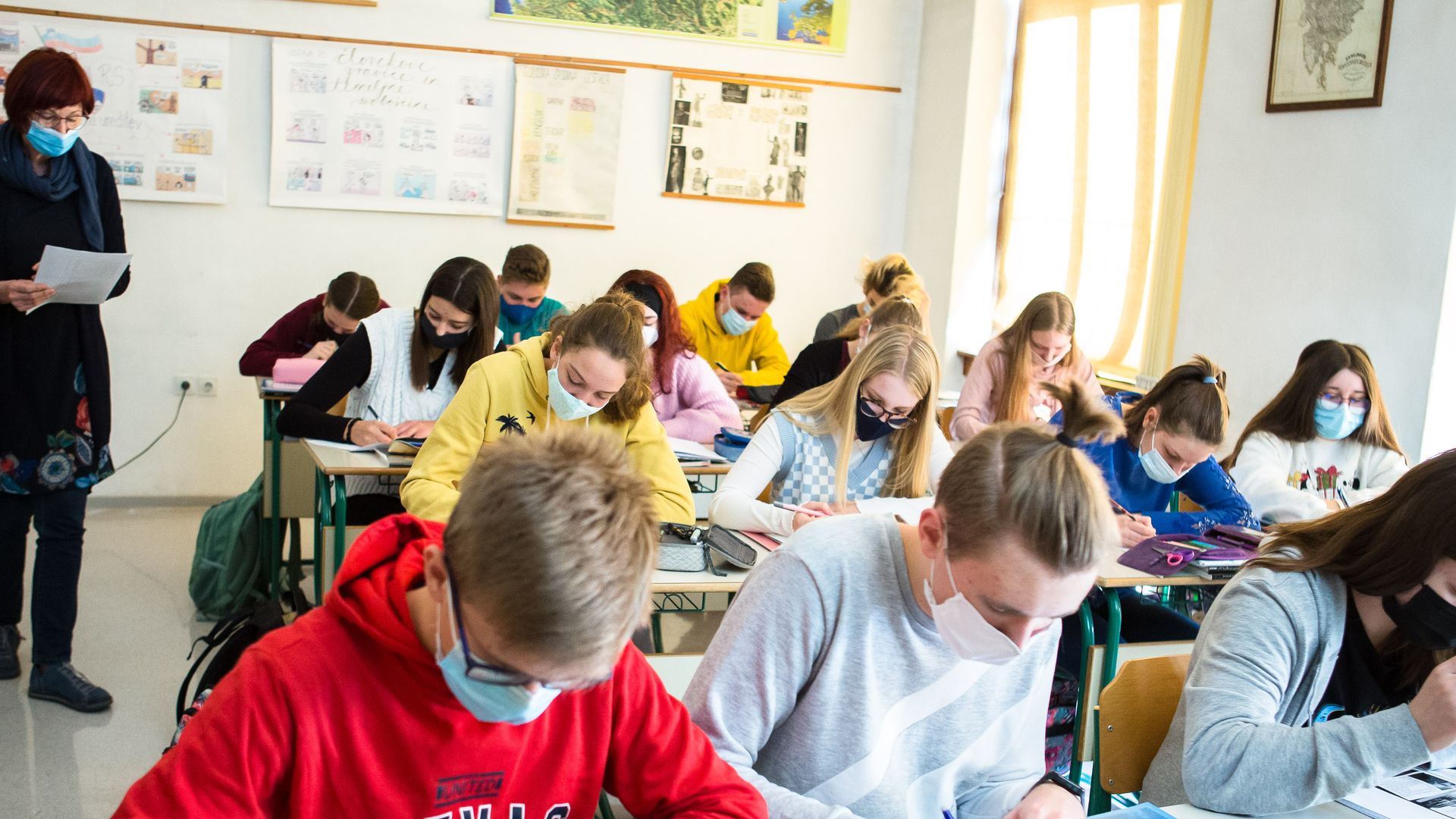
Pandemic learning gap widening, 8th graders behind by full school year: study
By Karah Rucker (Reporter/Producer), Jack Aylmer (Digital Producer)
Media Landscape
See how news outlets across the political spectrum are covering this story. Learn moreBias Distribution
Left
Left
Right
Right
Untracked Bias
Pandemic-related learning loss appears to not only still be an issue, but according to new data, it is getting worse. The learning gap created during the pandemic is widening as students struggle to catch up, according to the national study released Tuesday, July 11, by the NWAE.
SAN reported last year on a major drop in American student’s reading and math test scores based on the “nation’s report card.” This new data shows a slower than average growth in math and reading when compared to students pre-pandemic.
“We are actually seeing evidence of backsliding,” Karyn Lewis, a lead researcher on the study, told The New York Times.
As students fail to grasp core concepts in reading and math, they struggle in subsequent grade levels. The most notable area of regression is in reading, as the rate in which students are comprehending the subject has slowed by as much as 19%, the study says. Educators are questioning where to go from here as they attempt to decide how much instructional time a student would need to catch up.
According to the study, at the current rate in which students are retaining information, eighth graders would need nine months of instruction time in addition to regular classroom time. As trends currently stand, the average eighth grader would need an entire additional school year to get caught up in math.
The study says eighth graders would also need seven months to reach the proper reading level. When all the numbers are taken into account, the average student across third through eighth grade would need the equivalent of an additional four and a half months of instruction to catch up in math and four months of instruction to catch up in reading.
“For some students it’s going to take a longer period of time,” said Ray Sanchez, superintendent of the Ossining Union Free School District in Ossining, New York.
Since the pandemic, more than $100 billion of COVID relief money has gone toward trying to fix the learning gap. However, the latest data suggests the problem is only getting worse and a lead researcher on the data set says it could take decades to correct course.
“The federal government stepped up big, but that will phase out,” said Bruce Baker, a professor and chair of the Department of Teaching and Learning at the University of Miami. “You can’t do this for two or three years and expect things to be all good.”
Media Landscape
See how news outlets across the political spectrum are covering this story. Learn moreBias Distribution
Left
Left
Right
Right
Untracked Bias
Straight to your inbox.
By entering your email, you agree to the Terms & Conditions and acknowledge the Privacy Policy.
MOST POPULAR
-
 Getty Images
Getty Images
Judge allows CNN lawsuit potentially worth billions to continue
Read15 hrs ago -
 Reuters
Reuters
It’s a bird, it’s a plane, it’s the first video of Alef Aeronautics’ flying car
Watch 2:1316 hrs ago -
 Getty Images
Getty Images
Democrats in Congress receive lowest approval rating in Quinnipiac poll history
Watch 2:5917 hrs ago -
 Getty Images
Getty Images
AG Bondi reviewing Epstein documents for release, could hold client list
Watch 1:4817 hrs ago




